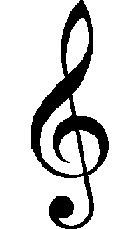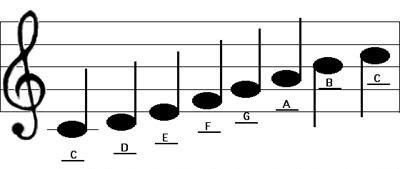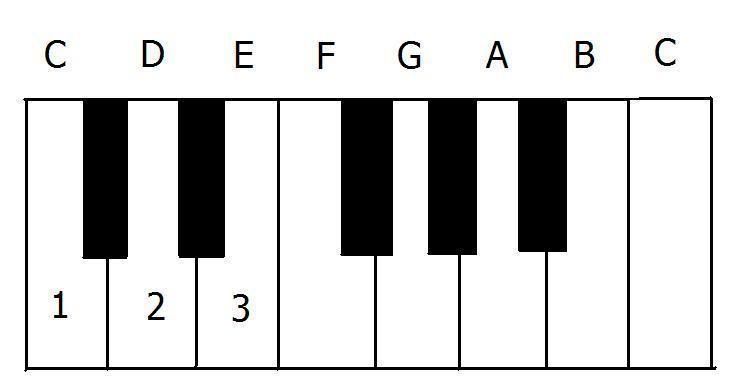author's choice
I figured I'd write an entry on some of the programs and materials that I use and work with. Much of my free time lately has been spent in music composition. If you'd like to hear some of my work, please feel free to visit my (in development) site, Aside Michelle.
When I'm not at home near my electric baby grand (the decision to go electric has been regretted, although this instrument was a surprise), I keep my Korg Triton Pro keyboard with me. This baby was my car in high school, and I've been using it to record songs since my Sophomore year. Although the keys are not full in length, weight, or size, it gets the job done and offers an astounding variety of bells and whistles, all at the touch of your fingers, quite literally. With touchscreen navigation and easy track-over-track synthesizing and recording, you can have up to 32 hands playing one song at the same time. It's been quite a dream, and I'm still learning some of the functions on my Korg.
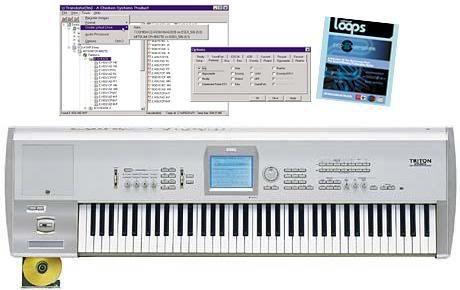
Christmas can't come soon enough, as I've also added the Audigy Soundblaster card to my wishlist! This soundcard hooks directly up to your laptop (or desktop, depending on which you buy), and allows you to record directly onto your harddrive. No more midi! Good quality, good choice! I highly recommend looking into this if it interests you.
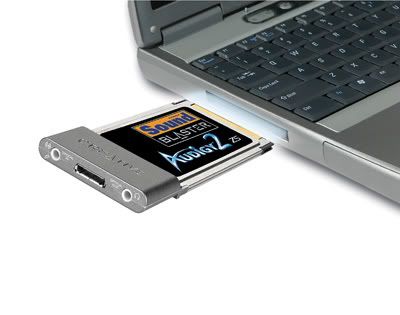
Last but not least, my composition software of choice is Fruity Loops. This program requires absolutely no knowledge of music theory, and works very similarly to coloring graph paper! Basically, this allows you to create patterns and piece them together in order to create your song. Offering plenty of quality tracks and sounds, this software has been my favorite, hands-down. Here is a screenshot taken from one of my songs.

There you have it! Although you may not have professional equiptment, you can still create a masterpiece with a basic soundcard and program. Most importantly, just remember to have fun!

There you have it! Although you may not have professional equiptment, you can still create a masterpiece with a basic soundcard and program. Most importantly, just remember to have fun!
